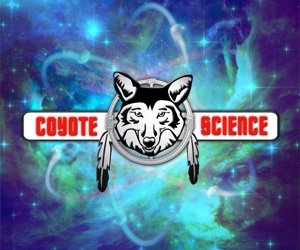
streaming video
|
Geology : Coyote's Crazy Smart Science Show
Copies
0 Total copies, 0 Copies are in,
0 Copies are out.
Digital Link
Subjects
Language
English







